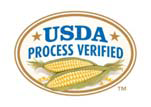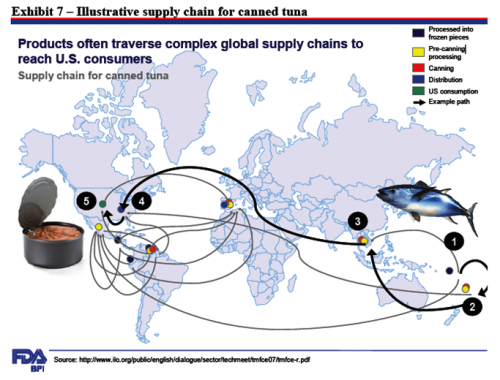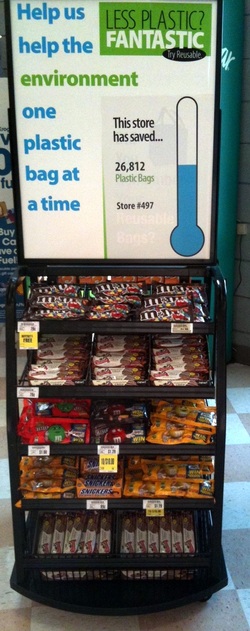Pepsi’s “health food” initiatives in trouble?
As I keep saying, public concerns about obesity put food companies in an impossible dilemma. Even if companies want to produce healthier products and stop marketing to kids, they can’t. If they do, they lose sales.
Case in point: PepsiCo. Its investors are unhappy that the company is pushing its “healthier-for-you” foods instead of doing what it is supposed to: pushing the far more profitable “fun-for-you” products like PepsiCola, Gatorade, and Cheetos.
According to the Wall Street Journal, investors are worried that Pepsi sales have fallen to #3 in rank after Coke and Diet Coke. They blame the company’s CEO, Indra Nooyi:
Hailed as a strategic visionary since taking PepsiCo’s reins nearly five years ago, Mrs. Nooyi is facing doubts from investors and industry insiders concerned that her push into healthier brands has distracted the company from some core products.
They ask: “Is she ashamed of selling carbonated sugar water?”
Products that PepsiCo calls “good for you” still make up only about 20% of revenue. The bulk still comes from drinks and snacks the company dubs “fun for you,” including Lay’s potato chips, Doritos corn chips and Pepsi-Cola, by far the company’s single biggest seller with about $20 billion in annual retail sales globally.
Advertising Age, of course, thinks the reason PepsiCo has a problem is because it’s not spending more on marketing:
Analysts and investors blamed the decline on PepsiCo chairman and CEO Indra Nooyi, who took the reins five years ago….Back in 2005, PepsiCo spent $348 million on soda ads in the U.S.; by last year, the company was spending just $153 million.
Advertising Age (June 20) reports PepsiCo’s sales in 2010 at $58 billion. It’s profits on this? $6.3 billion.
Along the way, PepsiCo spent $1.01 billion to advertise its products, just in “direct media” (TV, radio, print, and Internet ads that go through advertising agencies). It probably spent just as much or more on indirect methods such as trade show, point-of-purchase campaigns, and other such things.
Advertising Age gives 2010 marketing figures for specific products (numbers rounded off to the nearest million):
- Pepsi: $154
- Gatorade: $113
- Quaker: $56
- Tostitos: $35
- Tropicana: $31
- Lay’s: $25
- Cheetos: $11
Wall Street analysts say the company better do something to boost sales of its core products, or else. Expect to see a lot more advertising dollars spent on “fun-for-you.” And maybe fewer on “good-for-you?”
The food industry spent billions to convince people that eating tons of junk food is normal, expected, and what adults and kids are supposed to do. Now, it faces a backlash driven by obesity and its health consequences.
Wall Street insists that companies not only make profits, but grow. Companies must hit their quarterly growth targets.
Maybe it’s time to take a good hard look at the way Wall Street operates. We want to bring agricultural policy in line with health policy, right? How about also bringing investment policy in line with health policy?
Hey, I can dream.









